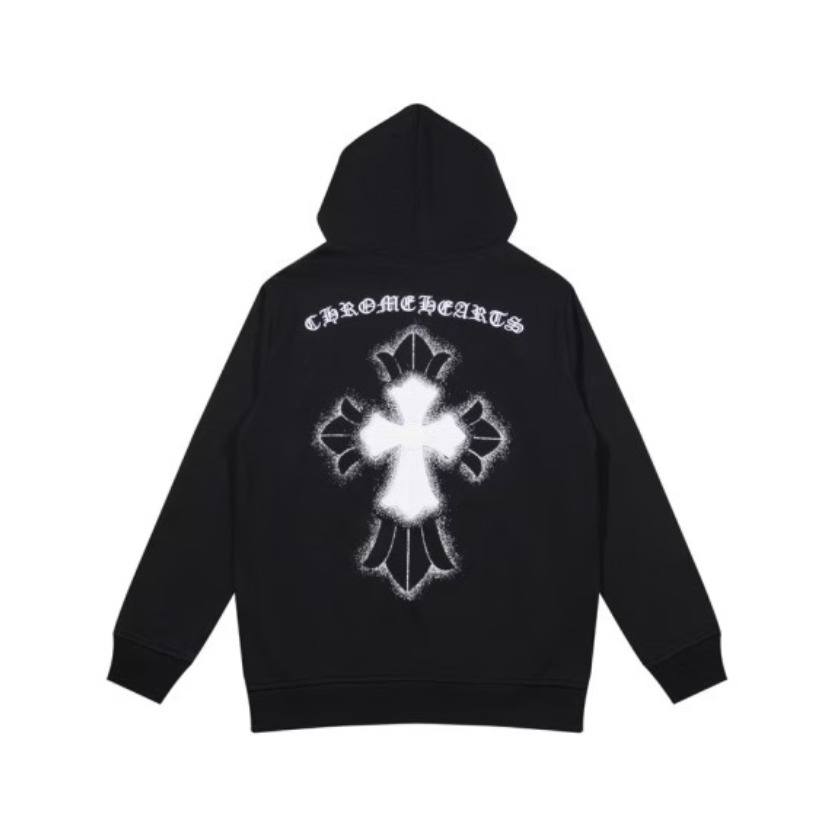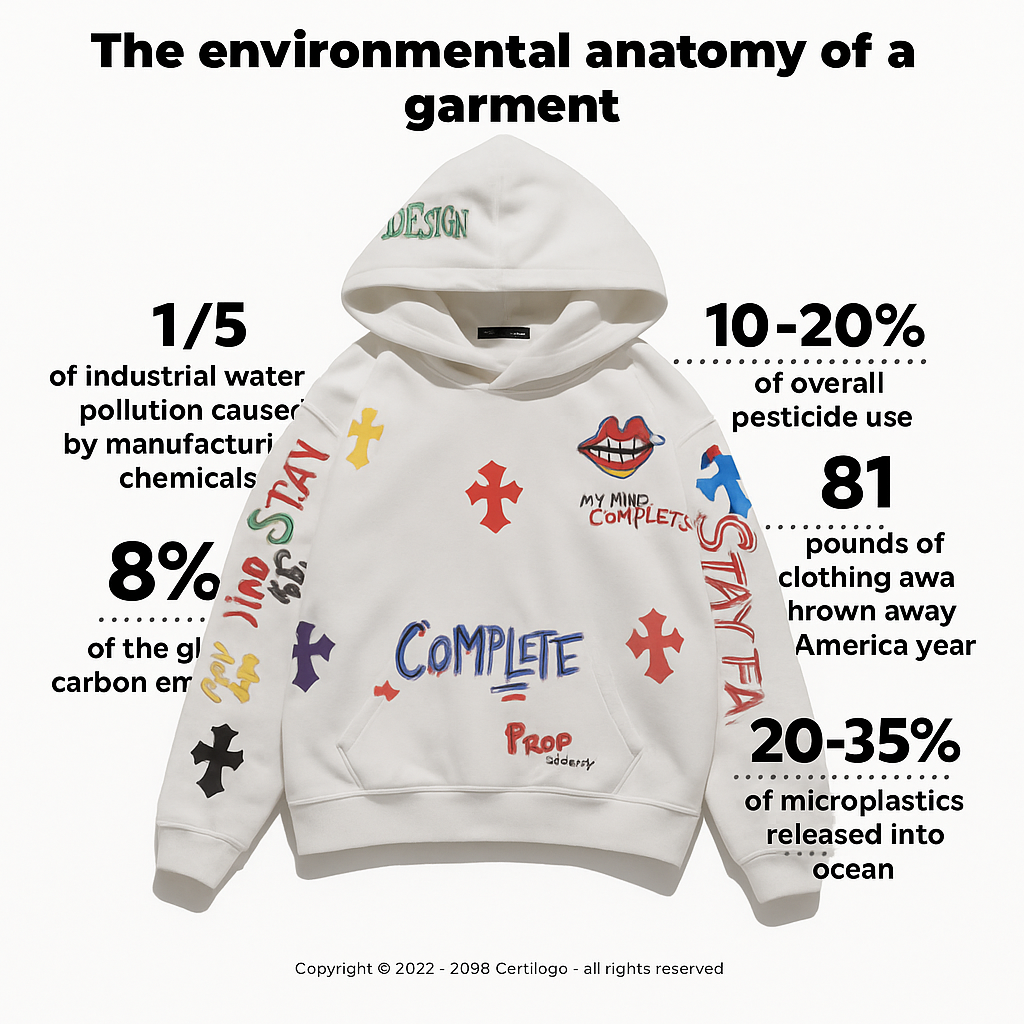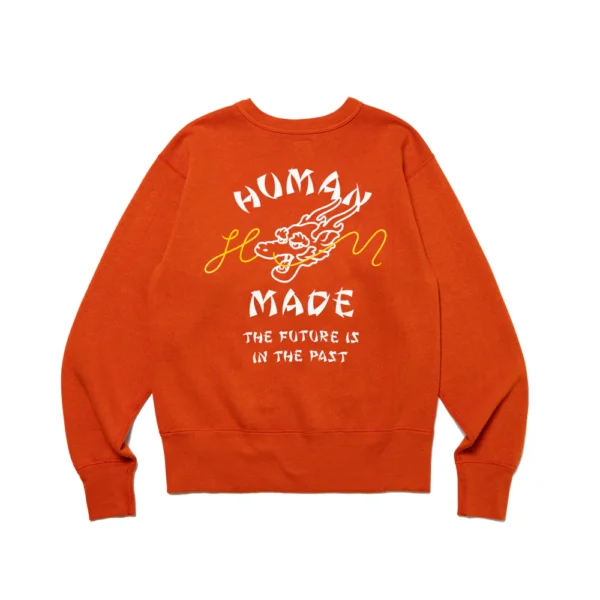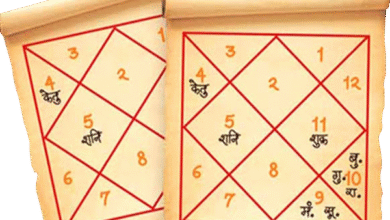Charming Chrome Hearts: Fast Fashion Competition
Charming Chrome Hearts: Fast Fashion Competition

Introduction to Chrome Hearts and Its Place in Fashion
Charming Chrome Hearts: Fast Fashion Competition. Chrome Hearts isn’t your average clothing label. It’s not just about wearing a T-shirt or a pair of sunglasses — it’s about wearing an attitude. Founded in 1988 by Richard Stark in Los Angeles, the brand emerged from a world of custom-made leather gear for bikers. Over time, it evolved into a luxury lifestyle brand that caters to those who want their fashion to be bold, rebellious, and unapologetically expensive. From the start, Chrome Hearts was never trying to fit in. Instead, it carved out its own space — a collision of luxury and rock ‘n’ roll. Their pieces, ranging from sterling silver jewelry to leather jackets and eyewear, often feature gothic fonts, dagger motifs, and intricate crosses. The attention to detail is intense, with everything handmade by skilled artisans.
In a world where fast fashion churns out new styles every week, Chrome Hearts Clothing takes the opposite approach: slow, deliberate, and deeply personal design. Their scarcity isn’t just a marketing gimmick — it’s the natural result of meticulous craftsmanship. Each piece feels like it has a soul, and in fashion, that’s rare. Positioned firmly in the luxury streetwear segment, Chrome Hearts sits at the intersection of exclusivity and cool factor. You’re not just buying a product; you’re buying into a subculture. This cultural capital has given Chrome Hearts a level of resilience against fashion trends that come and go. While fast fashion races to mimic the latest runway looks, Chrome Hearts stays rooted in its identity, trusting that its loyal fan base values originality over mass-produced imitations. The brand’s challenge now is not about proving its worth — that’s been long established — but about defending its space in a fashion market increasingly dominated by fast fashion giants.
A Brief History of Chrome Hearts
The Chrome Hearts story begins in a Los Angeles garage, where Richard Stark, Leonard Kamhout, and John Bowman started making leather motorcycle gear for themselves and friends. They weren’t thinking about global markets; they were thinking about quality and personal style. In 1992, the brand won the CFDA Accessory Designer of the Year award, a nod from the fashion industry that this wasn’t just a biker niche — it was the beginning of something big. Through the ’90s and early 2000s, Chrome Hearts expanded beyond leather gear into jewelry, eyewear, furniture, and clothing. Each product was made in the U.S., reinforcing the brand’s image of authenticity and craftsmanship.
Unlike most luxury brands that aggressively advertise, Chrome Hearts built mystique by doing the opposite. Their marketing was minimal, relying on word-of-mouth, celebrity endorsements, and the allure of scarcity. They created an almost underground following that felt exclusive and hard to access. By the time the streetwear wave hit in the 2010s, Chrome Hearts was already perfectly positioned. It was luxury but also gritty, edgy, and rebellious — exactly what the new generation of hype-driven consumers wanted. Celebrities like Kanye West, Bella Hadid, and Rihanna were spotted wearing it, which only fueled demand. Today, Chrome Hearts is more than a fashion label — it’s a lifestyle brand that sells an attitude as much as it sells products. But in the age of fast fashion, staying relevant means evolving without losing that rebellious core.
The Brand’s Unique Identity in Luxury Streetwear
In luxury streetwear, identity is everything. Chrome Hearts stands out because it doesn’t just follow trends; it creates its own. Its design DNA — heavy use of sterling silver, gothic lettering, intricate cross motifs — is instantly recognizable. This makes the brand immune to being mistaken for anyone else. Another key aspect of its identity is the exclusivity factor. Many Chrome Hearts Hoodie pieces aren’t sold online and can only be purchased in select stores, often after developing a relationship with sales associates. This scarcity fuels desire and drives the resale market, where some pieces fetch several times their original price.
Chrome Hearts also thrives on collaboration — but not in the mass-market sense. They’ve worked with high-profile names like Bella Hadid, Off-White, and Matty Boy, blending their aesthetics while maintaining the brand’s core DNA. Where fast fashion offers accessibility, Chrome Hearts offers aspiration. It’s not trying to be affordable; it’s trying to be unforgettable. This is why it continues to command loyalty among fashion enthusiasts who see their purchases not as fleeting trends but as long-term investments in style.
The Rise of Chrome Hearts in the Global Market
Chrome Hearts’ journey from a niche L.A. label to a global fashion powerhouse is nothing short of remarkable. While many luxury brands rely on aggressive marketing campaigns, Chrome Hearts’ growth has been driven largely by cultural influence. In the early days, the brand built its name in the biker and rock music communities. This gave it a foundation of authenticity that would later prove valuable in the world of high fashion. As celebrities in Hollywood and the music industry began wearing Chrome Hearts, the brand’s visibility skyrocketed.
One of Chrome Hearts’ most effective growth strategies was expanding product categories. By moving into jewelry, eyewear, and even home decor, the brand created multiple entry points for customers. This allowed fans to participate in the Chrome Hearts lifestyle, even if they couldn’t afford a leather jacket right away. Today, Chrome Hearts has flagship stores in major fashion capitals like New York, Tokyo, and Paris. Each store is designed like a work of art, further enhancing the brand’s luxury image. The combination of exclusivity, craftsmanship, and cultural cachet has allowed Chrome Hearts to compete globally without sacrificing its unique identity.
From Cult Favorite to Mainstream Icon
It’s not easy for a brand to move from underground cult status to mainstream success without losing its cool factor, but Chrome Hearts has managed it. In the early years, it was the secret uniform of rock stars and motorcycle enthusiasts. Now, it’s just as likely to be worn by a supermodel in a Vogue spread as it is by a rapper on stage. The turning point came when celebrities outside the biker subculture embraced the brand. Social media amplified this effect, with Instagram and TikTok making Chrome Hearts instantly recognizable to younger audiences. Suddenly, the brand was everywhere — but it never felt overexposed, thanks to its controlled production and selective distribution. This balancing act between accessibility and exclusivity is what keeps Chrome Hearts relevant. Fast fashion brands might flood the market with lookalikes, but they can’t replicate the brand’s cultural authenticity.
Celebrity Endorsements and Pop Culture Influence
Chrome Hearts’ rise in pop culture isn’t an accident — it’s the result of strategic visibility and authentic celebrity relationships. The brand has never needed to pay for traditional endorsements because its products speak for themselves. Celebrities wear Chrome Hearts because they genuinely like it, not because they’ve been paid to. That authenticity resonates with fans and reinforces the brand’s credibility. In the 2000s, stars like Madonna, Guns N’ Roses, and Aerosmith’s Steven Tyler were early adopters, wearing Chrome Hearts both on and off stage. This cemented the brand’s place in rock culture. In the 2010s and beyond, Chrome Hearts made a seamless transition into hip-hop and high fashion circles, thanks to artists like Kanye West, Drake, and Travis Scott. The brand became a fixture in music videos, award shows, and paparazzi photos.One of the most powerful moments for Chrome Hearts came when Bella Hadid and Gigi Hadid began wearing the brand regularly.
Their influence in the fashion industry brought Chrome Hearts into the orbit of luxury consumers who might not have been aware of its rock ‘n’ roll roots. These moments created a crossover appeal — suddenly, Chrome Hearts wasn’t just for bikers or rock stars; it was for anyone who valued bold, rebellious luxury. Social media has amplified this effect to unprecedented levels. A single Instagram post from a celebrity can generate massive demand for a Chrome Hearts item, even if it’s not widely available. This scarcity fuels hype, creating a “get it before it’s gone” mentality that fast fashion can’t replicate. In pop culture terms, Chrome Hearts has transcended fashion — it’s now a status symbol. Wearing Chrome Hearts signals that you’re in the know, part of an elite style circle that values craftsmanship over quick trends. This cultural position is one of the brand’s strongest weapons in competing with fast fashion.
Fast Fashion Explained
Fast fashion is the exact opposite of what Chrome Hearts stands for. It’s about speed, volume, and accessibility — producing massive quantities of clothing inspired by current runway trends and selling them at affordable prices. Brands like Zara, H&M, and Shein have built billion-dollar empires on this model. The concept is simple: identify a trend, design a similar piece, and have it in stores within weeks. This rapid production cycle allows fast fashion brands to constantly refresh their collections and keep consumers coming back for more. The downside? Quality often suffers, and the environmental impact is massive. Fast fashion thrives on the idea of disposable clothing. Most pieces are designed to be worn only a handful of times before they’re replaced with something new.
This is the polar opposite of Chrome Hearts, where a single leather jacket or silver ring is meant to last decades. The fast fashion model has a huge advantage in accessibility. It allows millions of people to participate in trends without spending a fortune. For consumers who want the “look” of luxury without the price tag, fast fashion provides an easy solution. But what it lacks is the intangible value of authenticity — something that brands like Chrome Hearts have in abundance. Understanding fast fashion’s dominance is key to understanding Chrome Hearts’ competitive challenge. It’s not just about price; it’s about culture, perception, and the kind of relationship a brand builds with its customers.
What is Fast Fashion?
Fast fashion refers to a business model that prioritizes rapid production and distribution of clothing to capitalize on emerging trends. The goal is to make trendy clothing available to the masses at a fraction of the cost of designer originals. This means shorter production cycles, cheaper materials, and lower labor costs. The term gained prominence in the late 20th century, but the concept exploded in the 2000s with the rise of global retail chains. These companies invest heavily in supply chain efficiency, allowing them to react almost instantly to what’s happening in pop culture, on runways, or on social media.
For example, if a celebrity wears a particular style of jacket on Monday, a fast fashion brand can have a similar design in stores by Friday. This speed keeps them ahead in the race for consumer attention. However, there’s a trade-off: mass production at this scale often leads to labor exploitation, environmental harm, and poor garment quality. Clothes are made to sell quickly, not to last. In contrast, Chrome Hearts operates on a philosophy that prioritizes craftsmanship, durability, and timeless design over chasing fleeting trends. This fundamental difference in values is why Chrome Hearts can’t and won’t try to compete with fast fashion on its own terms. Instead, it leans into what makes it different — exclusivity, artistry, and authenticity.
Why Fast Fashion Brands Dominate Retail
Fast fashion dominates retail because it taps into a powerful consumer desire: the need for constant novelty. In an Instagram-driven world, outfit repetition is frowned upon, and trends shift rapidly. Fast fashion feeds this appetite by offering new products almost weekly, giving shoppers an endless supply of fresh styles to choose from. Price is another major factor. Fast fashion makes runway-inspired looks accessible to people who can’t afford luxury brands. For many consumers, especially younger ones, price often outweighs considerations of quality or sustainability.
The accessibility of fast fashion extends beyond price to availability. These brands have a massive global footprint, with thousands of stores and robust online platforms. They can reach consumers in ways luxury brands like Chrome Hearts can’t — at least not without sacrificing their exclusivity. However, dominance doesn’t always mean desirability. While fast fashion sells in huge volumes, it rarely creates deep emotional connections with customers. This is where Chrome Hearts and other luxury brands have the upper hand. They sell not just products but experiences, identities, and stories. Still, the sheer speed and scale of fast fashion mean that even the most exclusive brands need to be aware of the competition. Chrome Hearts may not be trying to beat Zara or Shein on price or volume, but it must still compete for cultural relevance in a market where trends can go viral Overnight.







